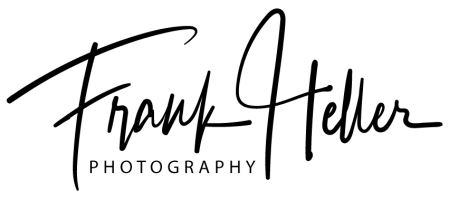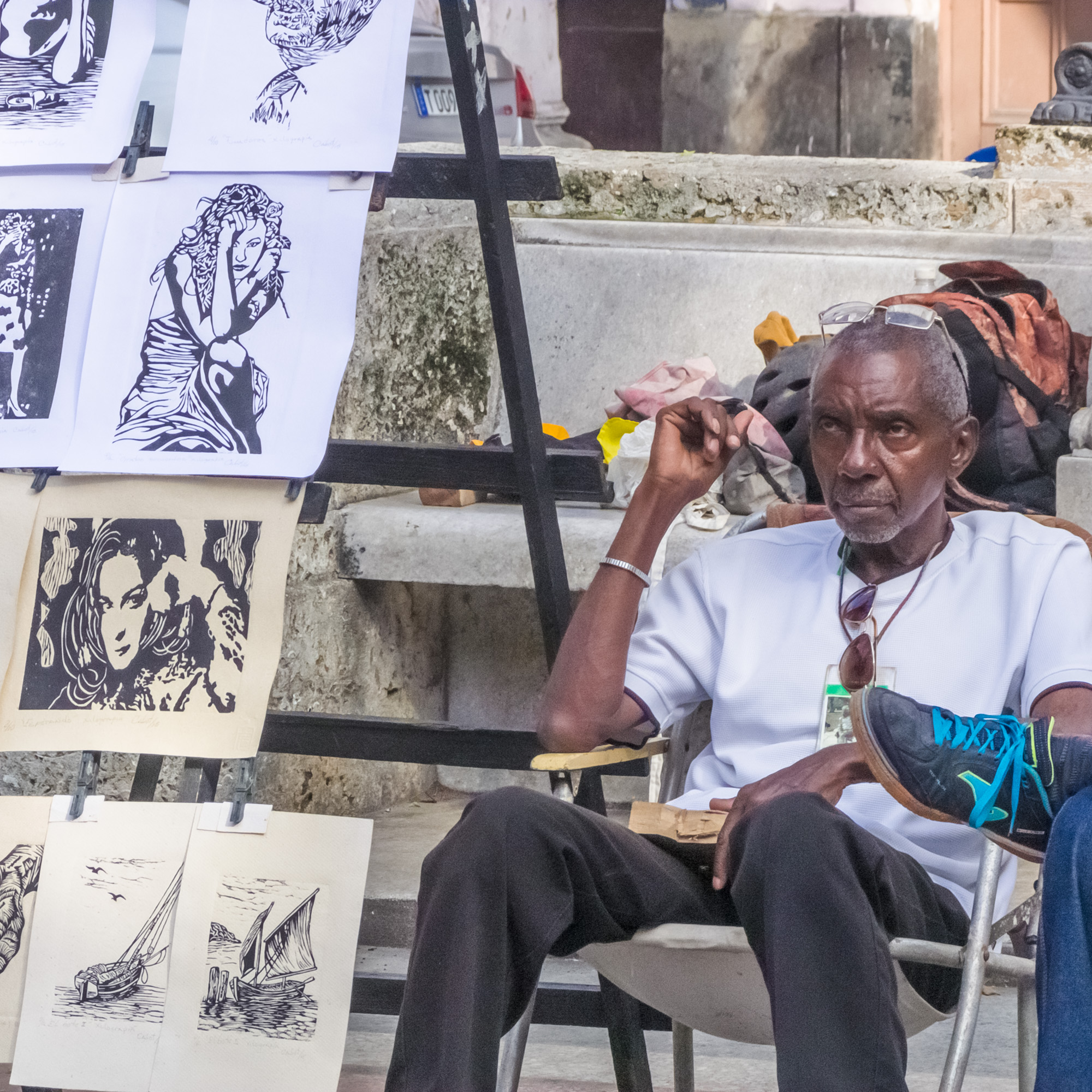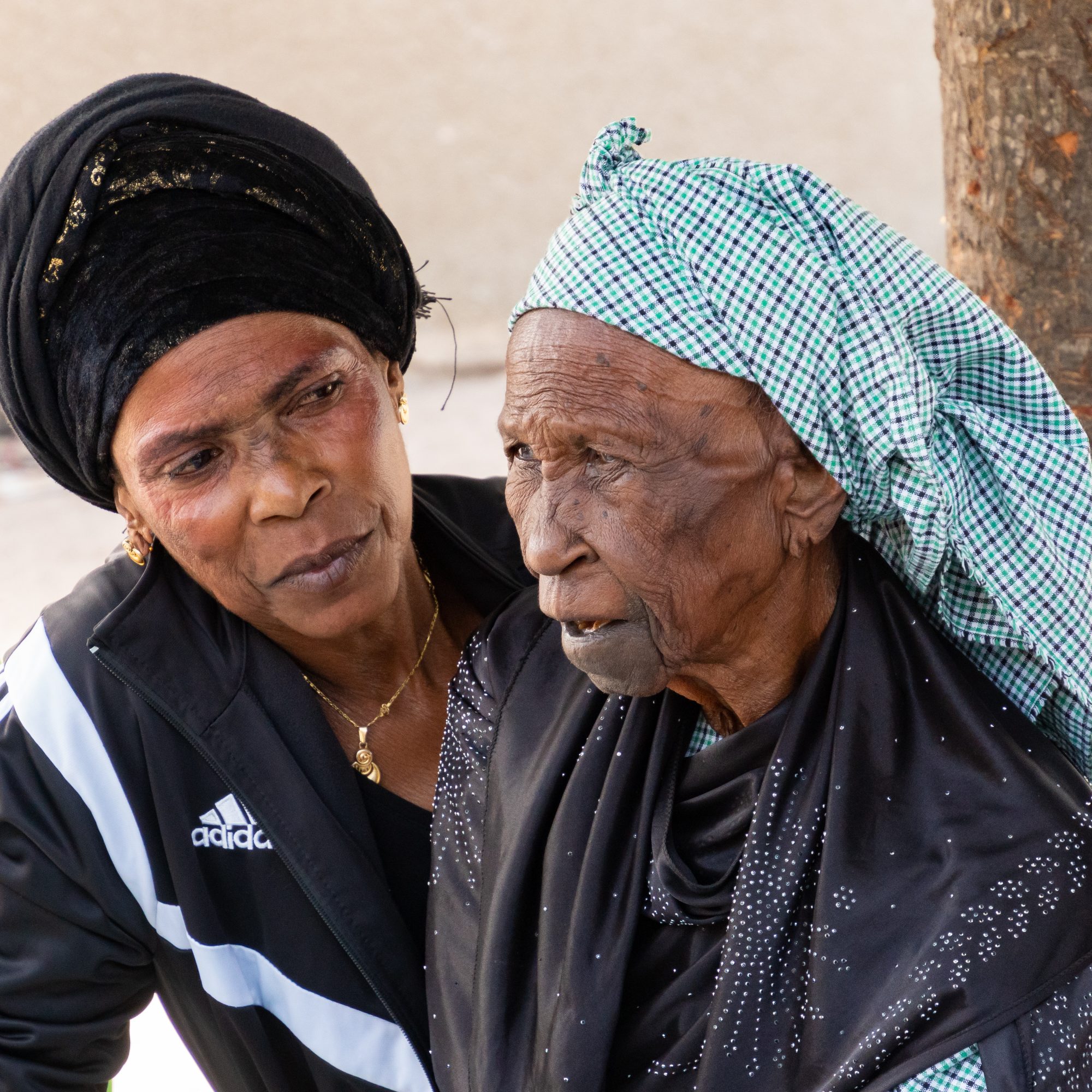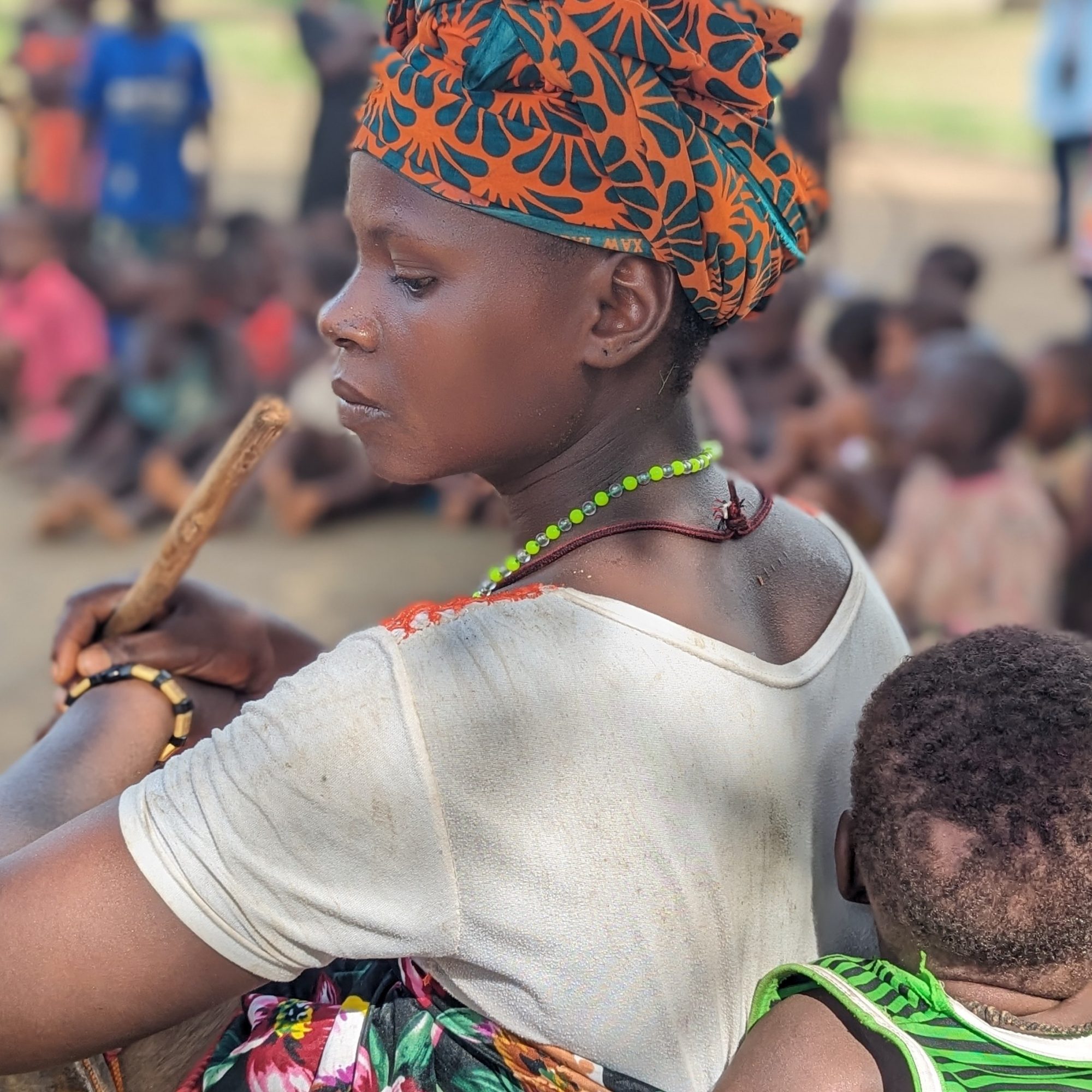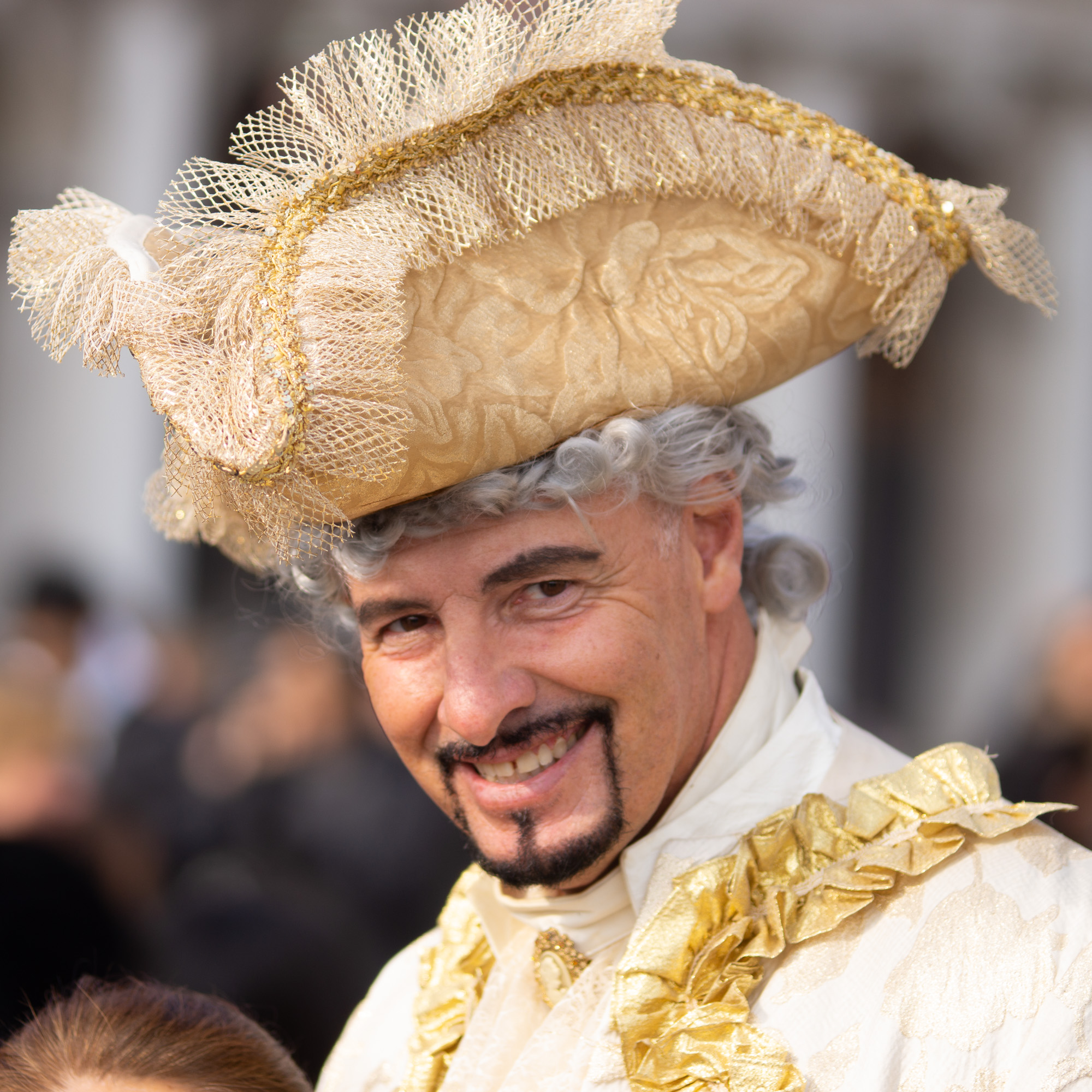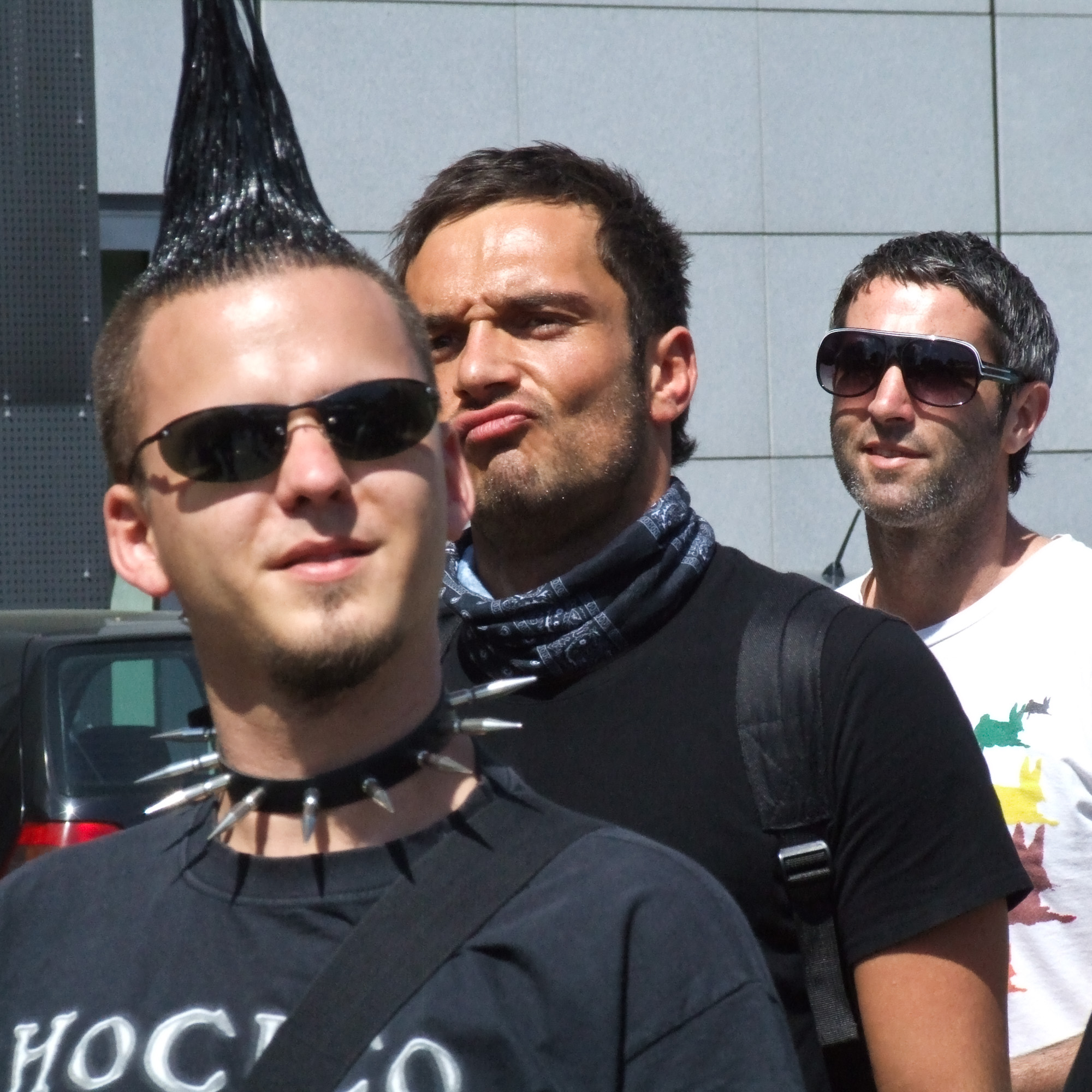I love to photograph people on the street, undisguised and in their natural environment. There are many pros and cons to this. First of all, there is the question of personal rights, the right to one’s own image. This is handled very strictly in many industrialised countries of the global North, and if you are overly cautious or even afraid, it is better not to photograph strangers on the street at all. I see things differently and have done well with it so far.
My most important principles in this regard are: Respect for the person being photographed. Firstly, I avoid photos that show the subject in an unflattering or negative light. Secondly, I do not use the photos commercially, but see them as a kind of artwork. Thirdly: Whenever someone requests it, I depublish their portrait.
And there is something else that divides photographers: some approach passers-by in the manner of Joel Meyerowitz and take their photos at close range. Others, like me, take their photos from a distance, often without the people being photographed noticing. I do not take part in the academic discussion about what is the right way.
Since the introduction of the GDPR, there has been a lot of uncertainty in street photography. Yes, I photograph people on the street without their explicit or even written consent. In my opinion, that’s legal, because I don’t exploit these images commercially, but see them as purely artistic works. And it is precisely this kind of use of such photos that is also possible within the framework of the GDPR. However, if someone recognises himself in one of my photos and does not agree, he should let me know [ message by e-mail ]. I will then remove the picture from my website.
